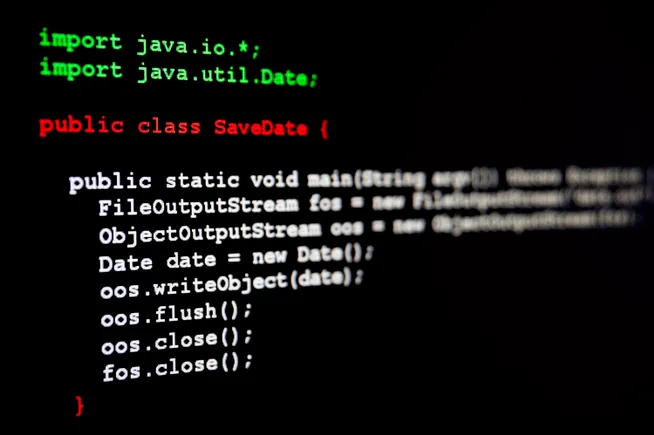Top Highlights
-
Rising Intrusions: Nearly 98% of firms experienced breaches due to vulnerable code in 2023, a significant increase from 90% the previous year, highlighting a critical security issue.
-
Strategy Over Oversight: 80% of companies admitted to sometimes releasing software with known vulnerabilities, indicating a strategic choice rather than mere oversight.
-
Worsening Breach Frequency: The percentage of organizations facing four or more breaches annually nearly doubled to 27%, suggesting deepening systemic issues in software security practices.
- Inadequate Security Maturity: Only 31% of security leaders view their programs as highly mature, with significant gaps identified, indicating a pressing need for improvement in cybersecurity measures.
Understanding the Alarming Trend
Nearly all companies face threats from cyberattacks, mainly due to vulnerable code. A recent report highlights that about 98% of businesses reported such breaches this year. Despite this awareness, a surprising number of firms—80%—still choose to release software that contains known vulnerabilities. This choice is not merely a mistake; it reflects a troubling strategy. Organizations often overlook security to meet deadlines or reduce costs. However, this approach places them at increased risk. With cybercriminals constantly evolving their tactics, businesses must ask themselves: Is saving time worth jeopardizing security?
Furthermore, data reveals a troubling pattern. The number of organizations experiencing four or more breaches nearly doubled in one year. Many companies understand the risks but hesitate to take decisive action. This delay can weaken their defenses and signal deeper issues in software development and security practices. If firms continue to ignore these risks, they may face tragic consequences. A proactive stance on security can save them from future breaches and restore consumer trust.
The Role of AI and Future Considerations
As firms adopt AI-generated code, they face fresh challenges. While half of the companies use AI security assistants, only 12% feel capable of managing the associated risks. This divide raises questions about accountability and oversight in code production. The integration of AI should enhance security, not complicate it further. Sadly, nearly 20% of companies report significant gaps in their security programs.
Looking ahead, organizations must prioritize robust security measures. They cannot rely solely on human error as the main source of security breaches. Instead, they need to adopt comprehensive strategies that address vulnerabilities proactively. As businesses continue to navigate an increasingly digital landscape, they must balance innovation against potential risks. The question isn’t just about whether to embrace new technologies. It’s about how these technologies will contribute to a safer, more resilient future for all.
Continue Your Tech Journey
Dive deeper into the world of Cryptocurrency and its impact on global finance.
Explore past and present digital transformations on the Internet Archive.
Cybersecurity-V1

